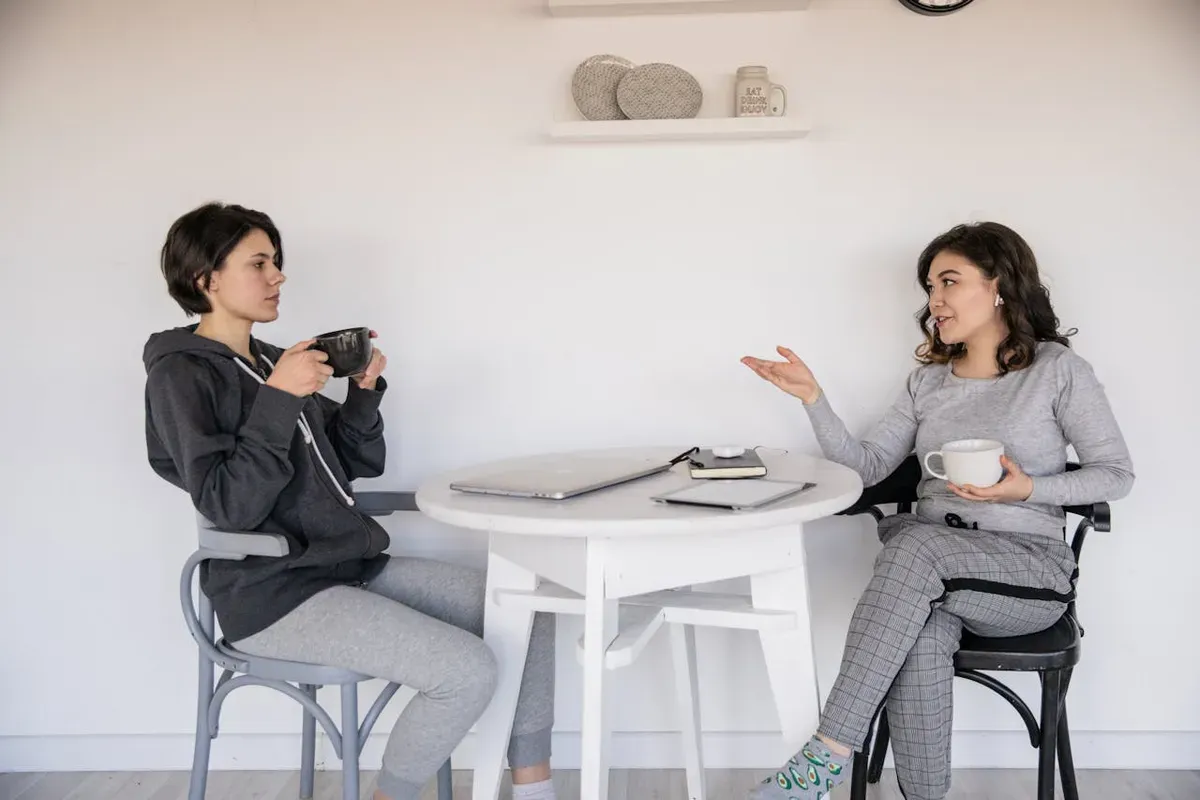
Radical Listening: Transforming Communication for Change
Learn how radical listening transforms communication in therapy, deepens connection, and fosters healing for practitioners and clients.
Get carepatron free

Learn how radical listening transforms communication in therapy, deepens connection, and fosters healing for practitioners and clients.